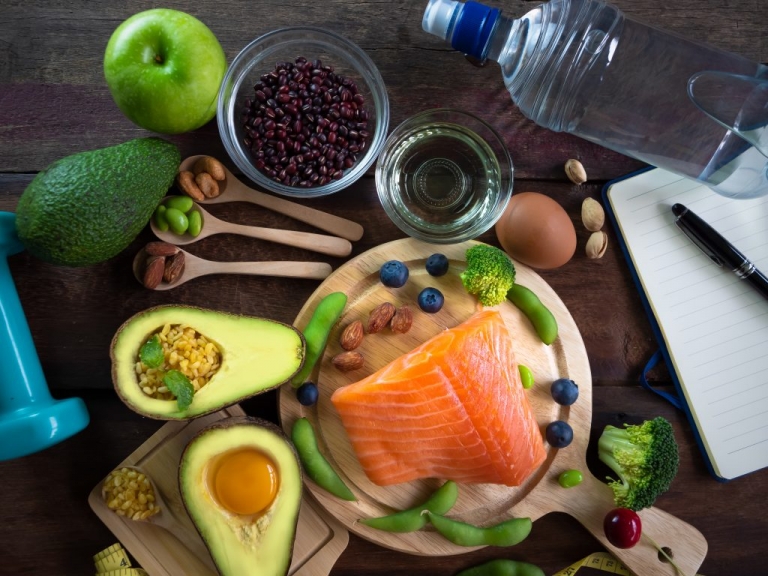When Can I Eat Normally 48 Hrs After Tooth Extraction? Food Guide

The journey to recovery after a tooth extraction can be a delicate one, especially when it comes to deciding what and when to eat. The first 48 hours are crucial for allowing the extraction site to heal properly, and your dietary choices play a significant role in this process. Generally, it’s recommended to stick to a soft food diet for the first 48 hours to minimize discomfort and reduce the risk of complications. However, the question of when you can start eating normally again depends on several factors, including the complexity of the extraction, your overall health, and how well you’re healing.
Understanding the Healing Process
After a tooth extraction, a blood clot forms over the socket, which is essential for the healing process. Eating foods that are too hot, cold, spicy, or hard can dislodge this clot, leading to a condition known as dry socket, which can be painful and delay healing. The first 48 hours are critical for clot formation and the initial stages of wound healing.
Dietary Recommendations for the First 48 Hours
During the first 48 hours, it’s advisable to consume soft, easy-to-chew foods that won’t irritate the extraction site or interfere with the healing process. Some recommended foods include:
- Yogurt: High in protein and calcium, yogurt can help soothe the mouth and provide essential nutrients.
- Soups: Broths and creamy soups (avoiding spicy or extremely hot temperatures) can be comforting and nutritious.
- Mashed Potatoes: Easy to eat and rich in carbohydrates for energy.
- Scrambled Eggs: Soft, nutritious, and easy to chew.
- Avocado: Soft and nutrient-rich, avocados can be eaten mashed or in soups.
- Smoothies: Blend your favorite fruits, yogurt, and milk for a nutritious and easy-to-consume treat. Avoid using straws, as the suction can dislodge the blood clot.
Transitioning to Normal Foods
Usually, after 48 hours, you can start introducing more solid foods into your diet, but it’s essential to do so gradually. Here are some guidelines for transitioning:
- Days 3-4: You can start with slightly firmer foods like cooked vegetables, pasta, and soft meats. Chew on the opposite side of your mouth from the extraction site.
- After 5 Days: Most people can return to their normal diet, but remember to chew slowly and carefully, avoiding the extraction site until it’s fully healed.
Foods to Avoid
Certain foods should be avoided during the initial healing period:
- Hard or Crunchy Foods: Nuts, chips, and raw vegetables can irritate the site or dislodge the clot.
- Spicy or Acidic Foods: These can irritate the extraction site and prolong healing.
- Hot Foods and Drinks: Avoid extremely hot foods and beverages for the first 24 hours.
- Straws: The suction can dislodge the blood clot.
Additional Tips
- Stay Hydrated: Drink plenty of water to keep your mouth moist and aid in healing.
- Avoid Smoking: Smoking can significantly delay the healing process and increase the risk of complications.
- Follow Your Dentist’s Advice: Your dentist may have specific dietary recommendations based on your individual case.
Remember, everyone heals at a different pace, and it’s crucial to listen to your body. If you experience increased pain, swelling, or bleeding, contact your dentist for advice. Generally, by following these guidelines and taking it easy on your mouth, you should be able to gradually return to your normal diet within a few days, helping ensure a smooth and uncomplicated recovery from your tooth extraction.


